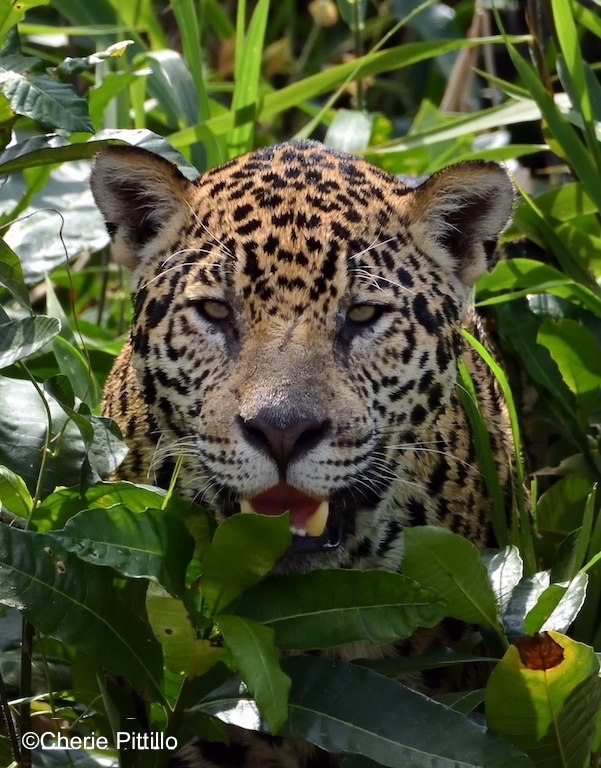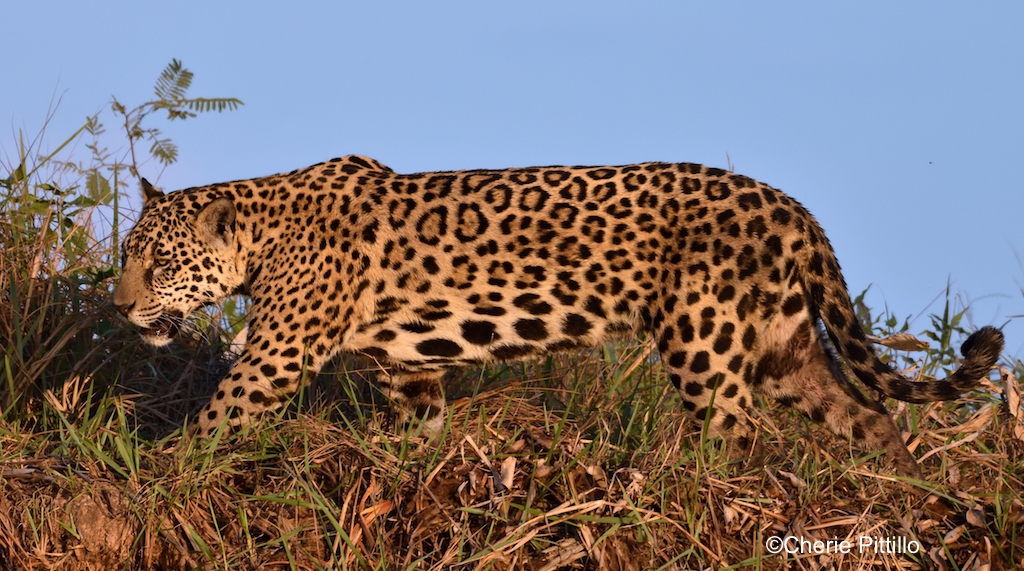A chemical analysis of excavated bones shows that Mesoamericans had a long history of keeping the fiercest predators around in captivity.
Nominate a nonprofit for The Renewal Awards.
Enter an organization driving positive change in its community for the chance to win $20,000 in funding.
The jaguars probably helped.
There’s a crypt immediately in front of the altar, which contained the bones of several birds, and 16 big cats—jaguars and pumas (cougars) packed so tightly that the people who first excavated them referred to them as “jaguar stew.” It’s likely that these animals were sacrificed on the altar as emblems of power, one cat for each king.

Alejandro del Mazo, head of the National Commission of Protected Natural Areas (Conanp) explained that Mexico reported that it seeks to create the first trinational Protected Natural Area (ANP) to conserve the jaguar. (Photo: Sexenio.com.mx)
“It’s hard to imagine this very elaborate ritual in one of the hardest times for the Copán dynasty,” says Nawa Sugiyama, an archaeologist at George Mason University. Yax Pasaj was the last person to rule the city before it collapsed, and his reign was one of political turmoil and environmental degradation. Amid that turmoil, he somehow managed to acquire 16 big cats, even though the surrounding valley was too small to house more than five jaguars, and even though these beasts are hard to find, much less to capture.

Nose of jaguar has 200 million + olfactory cells
“These people were interacting head on with some of the most powerful predators in the landscape—and that’s a feat we don’t see in many civilizations,” says Sugiyama. “We’ve always assumed that people in Mesoamerica only had the dog and the turkey—and camels and guinea pigs further south. But I think the dynamics between humans and animals [in the region] were much deeper.”
“We think of zoos and captive animals as a very modern thing, and also tend to think that animals in the past are merely food sources or beasts of burden,” adds Kelly Knudson, an anthropologist from Arizona State University. “This study helps us rethink both of these assumptions.”
In the 16th century, Moctezuma, ruler of Tenochtitlán, kept a famous private zoo full of thousands of animals. But in 2015, Sugiyama found evidence that Mesoamericans kept wild animals in captivity much earlier. She analyzed the remains of jaguars, pumas, golden eagles, and wolves that had been entombed in the great pyramids of Teotihuacan, Mexico, between the first and sixth centuries. Many of these showed signs of debilitating injuries, such as broken wings and legs. “These would have been fatal injuries in the wild,” says Sugiyama, who concluded that the animals had most likely been kept in captivity. By contrast, the cat remains from Copán bore no signs of such injuries. So Sugiyama turned to a different method.

A jaguar tail seems too short for its body
Captive animals are more likely to be fed with agricultural crops like corn (or, in the case of big cats, with corn-fed birds). Compared with wild grasses, corn has unusually high levels of carbon-13—a form of carbon that’s much rarer and slightly heavier than the more common carbon-12. By measuring carbon-13 in the Copán bones, Sugiyama could tell if the cats had been raised on an artificial diet.
First, she analyzed a group of bones from the so-called Motmot tomb, which was constructed in the year 435. Within were the bones of a young woman, sitting cross-legged on a reed mat, three more human skulls, two deer, several birds and turtles, and the complete skeleton of a puma. The woman was likely a shaman, who was buried with her animal counterpart—the puma. And that cat, Sugiyama showed, had clearly been in captivity for a long time. It was getting more corn in its diet than a turkey found in the same tomb.


